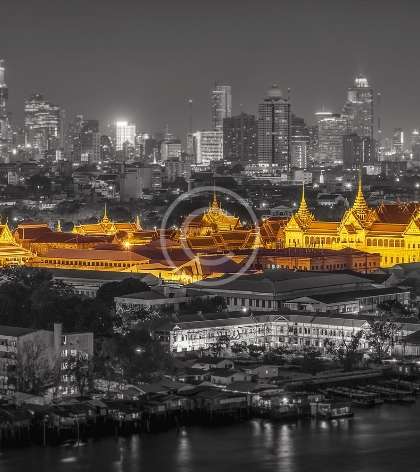Share This Article

Aboriginal Australians and Torres Strait Islanders are part of one of the oldest surviving cultures on Earth, and have been around for approximately 80,000 years. Their history is rich, and beautifully represented in the art that members of these nations have created. There are around 700 different languages and groups that lived in Australia before the country was colonised. Part of this history and culture is the art that these communities make, and if you want to view it in person, you should check out the Mandel Aboriginal art gallery in Melbourne
Each group has it’s own unique stories, sacred sites and art styles.
As Indigenous Australians didn’t have a written language, their histories and stories are passed down from elders to the next generation through stories, dance and art. Traditionally, there are a few distinct styles of painting that varied depending on the geographic location of the artist; dot painting comes from the central and western desert areas, x-ray comes from Arnhem Land and the Wandjina Spirit Beings come from the Kimberley Coast. Colour for Aboriginal art was originally sourced from local materials, using ochre or iron clay pigments to produce red, yellow and white, and black from charcoal, later greys, greens and even mauve was used. Contemporary Indigenous art will often be in these styles but there are many artists who have adapted their art to a mixture of the traditional and also other styles of art.
Nowadays Indigenous artists have expanded their art forms and integrate new materials and tools with traditional style and colours. As well as bark and rock paintings, dance and weaving, artists paint on canvas, glass and ceramics and also there has been plenty of fabric print work. Most subject matter is a great deal of symbolism that can describe places to find food or dangerous places to avoid, or it can retell a story from the Dreamtime. In order to record a Dreaming story an artist must first gain permission from the communities elder.
That being said, there are many artists who have broken from tradition entirely and have explored by painting landscapes, and even portraits. This is unusual, because some indigenous believe that to say the name or record the image of someone who has passed away will capture parts of their soul and not allow them to rest peacefully.
If you would like to purchase aboriginal art, I implore you to do your research to ensure that the artist is being paid fairly, and that you are not buying into exploitation or racism. Whilst things are better than they used to be in many ways, the tourism and art industry are often exploitative of their indigenous populations and this is true of many cultures, not just Australia.
Making art has been important to indigenous communities for their entire existence and remains an important way for culture and expressing identity. It has also made a strong impact on many communities who were forced to live off government aid after colonisation, and has been one way that indigenous people have become more economically independent. Today Aboriginal art is acknowledged internationally as a very desirable form of fine art, and has been regarded as a very important part of the modern art movement since the early 2000s.




